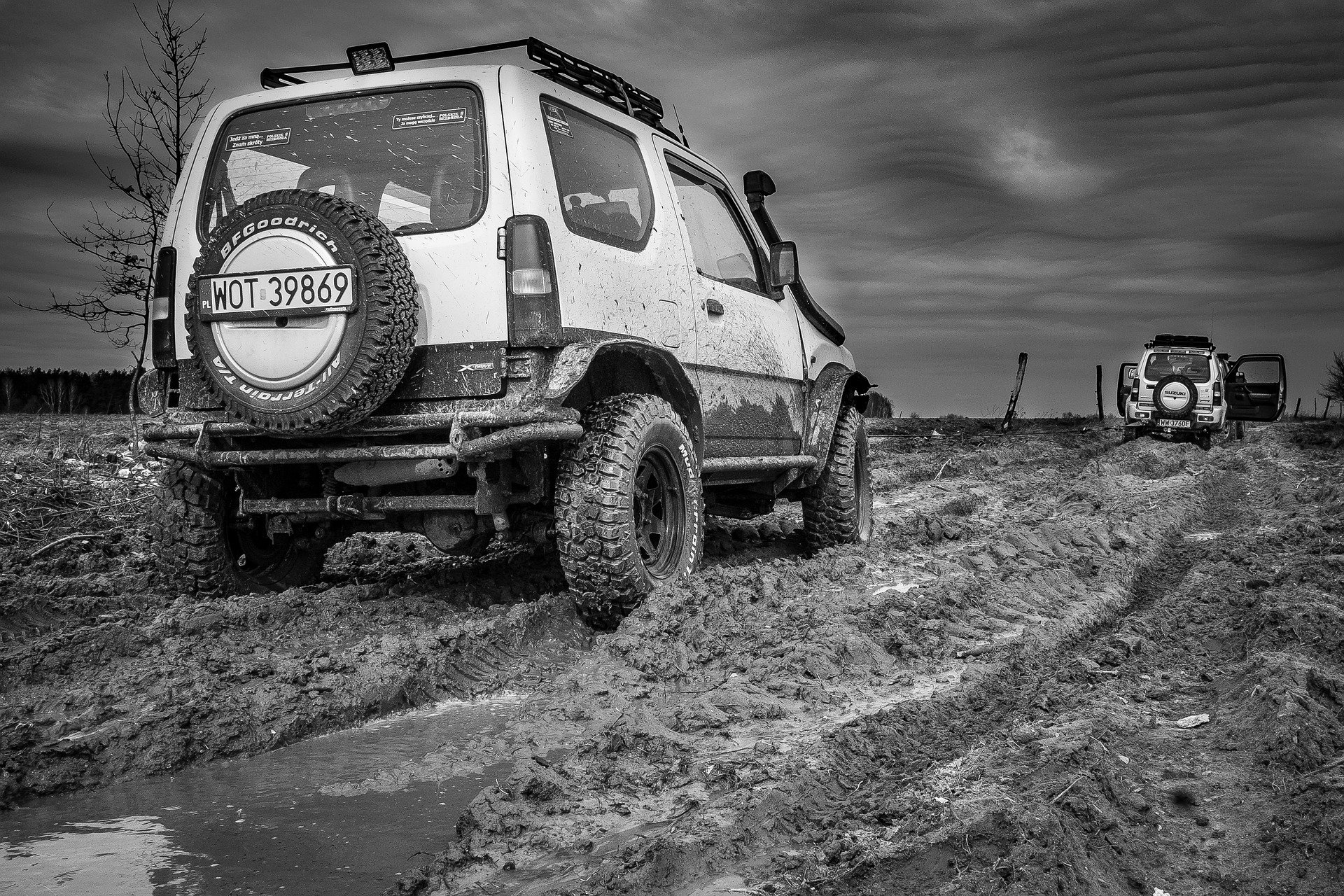8 must-have 4wd accessories for off-roading

Off-roading is a great way to explore the outdoors, but it’s important to be prepared. Whether you’re an experienced off-roader or just starting out, there are certain 4wd accessories that are essential for any off-roading trip. Here are 8 must-have 4wd accessories for off-roading.
Off-road tires
Off-road tires are one of the most important things you can invest in if you’re serious about off-roading. They provide better traction and stability on rough terrain, and can make all the difference when it comes to tackling tough obstacles.
There are a few things to keep in mind when shopping for off-road tires. First, consider the size and weight of your vehicle. Heavier vehicles will need stronger tires that can handle the extra weight, while smaller vehicles can get by with lighter-duty tires.
Next, think about the type of off-roading you’ll be doing. If you’re mostly sticking to dirt roads and mild trails, all-terrain tires may be all you need. But if you’re planning on tackling more challenging terrain, like rock crawling or mud bogging, you’ll need specialty tires designed for those activities.
Electrical Winch
A winch is an essential tool for any 4wd vehicle owner. It can be the difference between getting stuck and getting unstuck. A winch can help you get your vehicle out of tough situations, like when you’re stuck in the mud or snow.
There are a few things to consider when choosing a winch, like the type of motor and the size of the drum. You’ll also want to make sure that the winch has enough power to pull your vehicle out of the situation you’re in.
If you’re looking for a reliable and powerful winch, look no further than a 4wd winch. With a 4wd winch, you’ll be able to get your vehicle out of any tough situation.
Recovery kit
A recovery kit is an essential item to have on hand for your 4WD adventures. It can help get you unstuck from tough situations and get you back on the road.
The most important items in a recovery kit are a shovel, a winch, and a tow strap. A shovel can be used to dig out your tires if you get stuck in mud or sand. A winch can be used to pull your vehicle out of tough spots. A tow strap can be used to tow your vehicle if it gets stuck.
These are just a few of the items that should be in your recovery kit. Be sure to pack other items such as food, water, and warm clothing in case you get stranded. With a little preparation, you can enjoy your 4WD adventures without worry!
Mud Tracks
Mud tracks are an important item to have in your 4wd recovery kit. They provide traction and a firm surface for your tires to grip onto when you are trying to get unstuck. Mud tracks are also helpful in keeping your vehicle from slipping and sliding around when you are driving on slippery surfaces.
If you don’t have mud tracks in your recovery kit, you may find yourself stuck in the mud or unable to get traction on a slippery surface. Having mud tracks as part of your recovery kit will help you get unstuck and back on the road quickly.
Bull bar
When driving on the roads, you never know what you might hit. That’s why having a bull bar fitted to the front of your 4WD is a great idea. Not only does it protect your vehicle from damage, but it also looks great as an accessory.
There are many different types of bull bars to choose from, so you can find one that suits your budget and needs. If you do a lot of off-roading, then getting a bull bar with LED lights fitted is a good idea. This will help you see in the dark and avoid any obstacles in your path.
Overall, having a bull bar fitted to your 4WD is a wise decision. It offers protection and can also look great too. So next time you’re planning an off-road adventure, make sure you have a bull bar fitted first!
Canopy toolbox
A canopy toolbox is an important accessory to have in your 4wd. Not only does it provide extra storage space, but it also protects your tools, camping gear, and equipment from the weather conditions.
When choosing a canopy toolbox, there are a few things to keep in mind. First, consider the size of your 4wd and the amount of space you have available. You’ll also want to think about what you’ll be storing in the toolbox and how often you’ll need to access it.
There are a variety of different styles and sizes of canopy tool boxes available on the market, so take some time to shop around and find the perfect one for your needs. With a little bit of research, you’re sure to find the perfect canopy toolbox for your 4wd.
Related Article: Ute Tool Boxes – What Are They?
Recovery Points
A good set of recovery points is important to have in your 4wd in case you need to use a tow stripe. The most common type of recovery point is a D-ring shackle. Recovery points should be placed in the front and rear of the vehicle on either side. The front recovery points should be below the bumper, and the rear ones should be mounted to the frame.
Recovery points are used to attach a winch line or tow strap when your vehicle gets stuck. They help distribute the pulling force evenly so that your vehicle doesn’t get damaged during the recovery process.
When choosing recovery points, it’s important to consider their strength and durability. They should be made from high-quality materials like steel or aluminum. Avoid using recycled materials like iron because they can break easily under stress.
Suspension lift
A suspension lift is a device used to raise the body of a vehicle off its wheels. This increases ground clearance and allows for bigger tires. It’s a great accessory to have in your 4wd.
A suspension lift is accomplished by installing taller springs, shock absorbers, and struts. The result is increased ground clearance and the ability to fit larger tires. This makes it an ideal accessory for 4wds.
There are several things to consider before installing a suspension lift. First, you’ll need to make sure that your vehicle can accommodate the taller springs and shock absorbers. Second, you’ll need to decide how much ground clearance you want to achieve. Finally, you’ll need to choose the right size tires for your new setup.
Also Read: Home Weatherization Tips On How To Weatherize Your Home.




